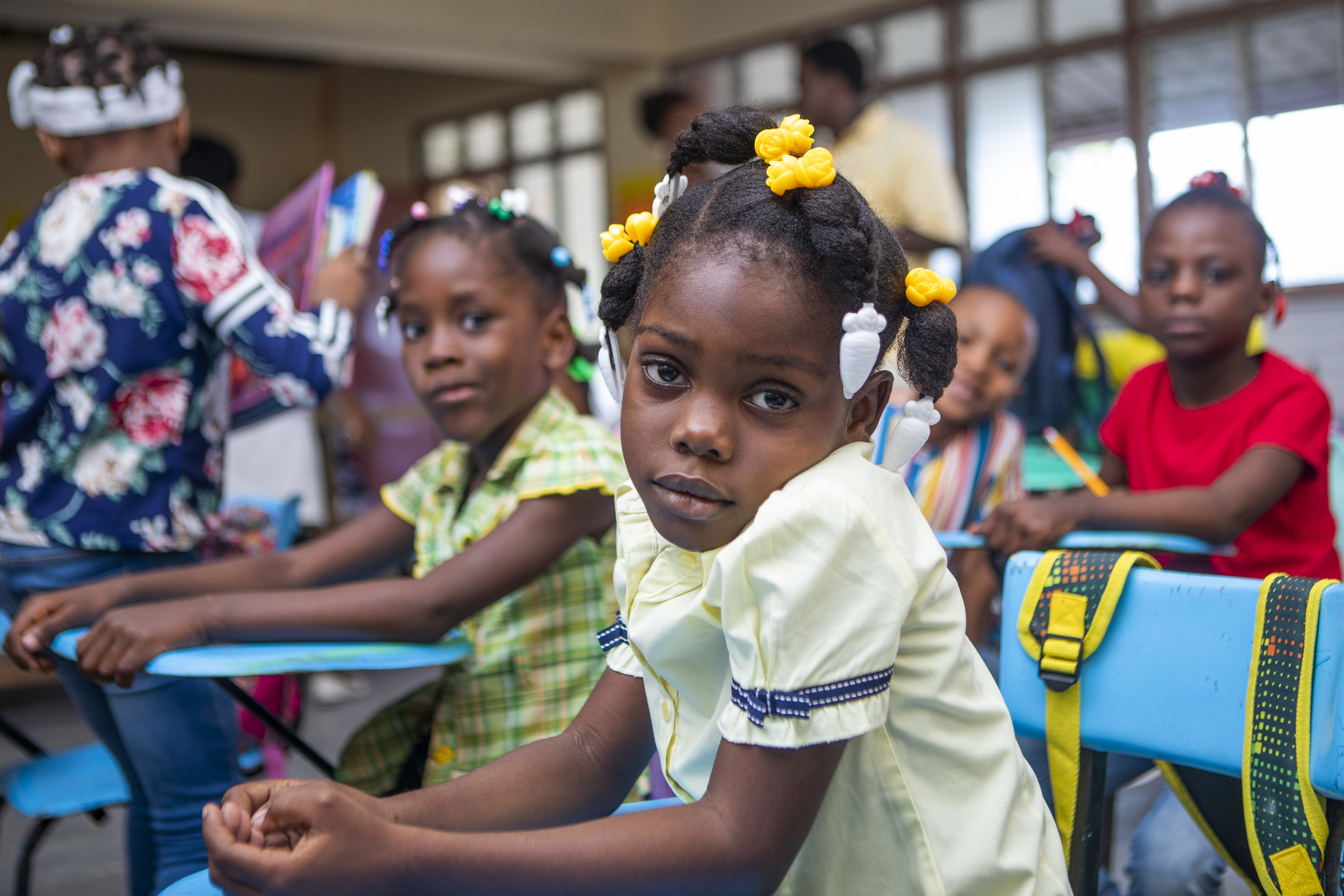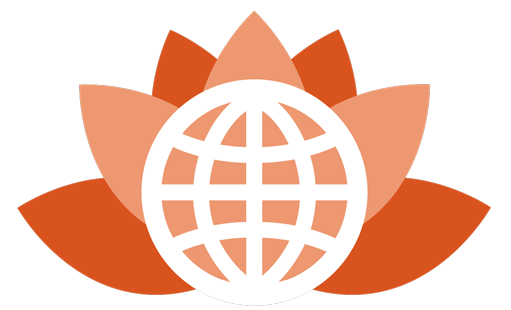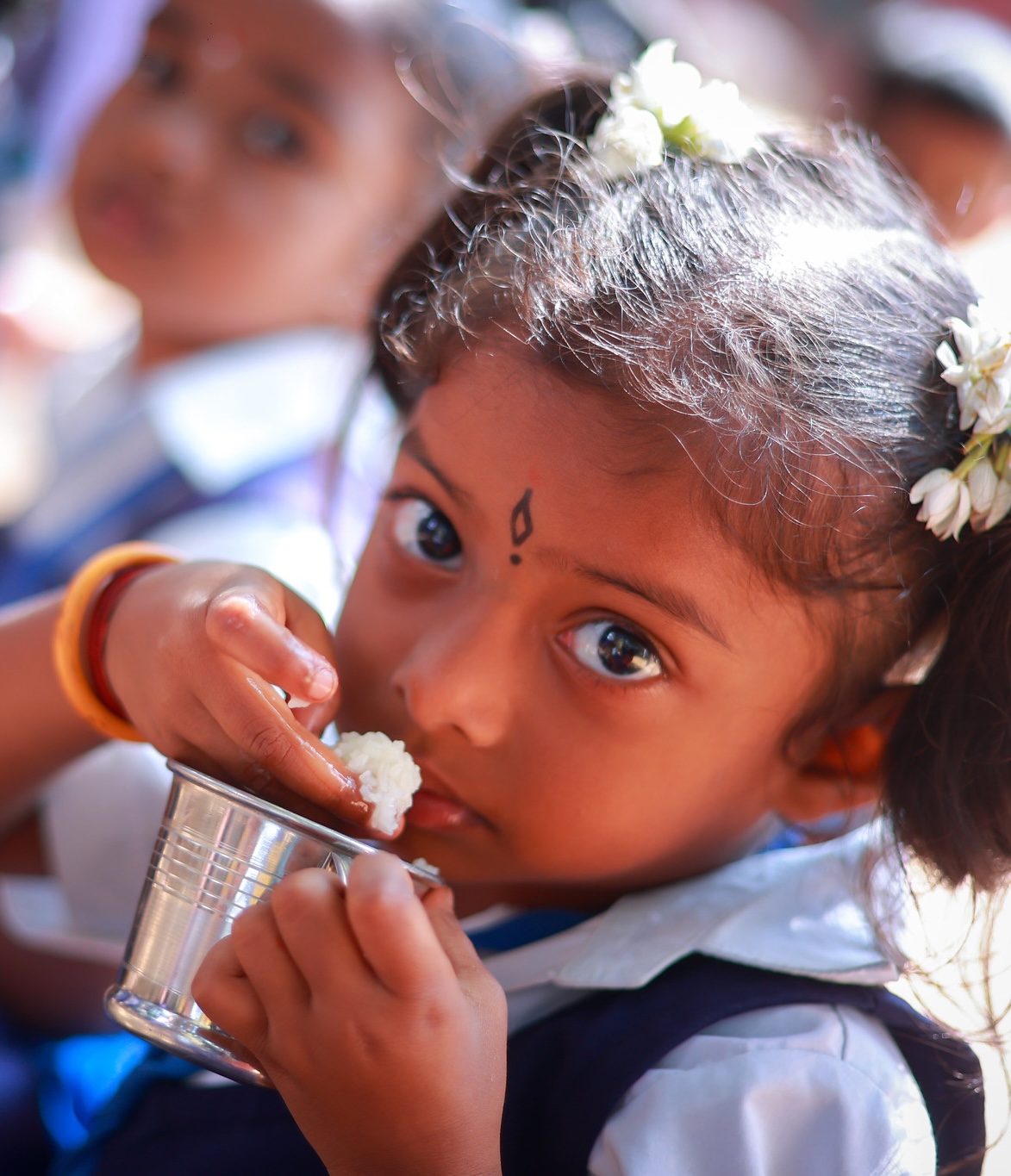Longtime BGR partner the What If Foundation provides both food and education for children in need in Port-au-Prince.
By Shae Davidson
Children in Haiti face a range of challenges stemming from the country’s long-term economic problems, recent outbreaks of violence, governmental instability, and the effects of natural disasters and climate change. In response, grassroots organizations and NGOs—including several BGR partners—have been working to help children during this time of crisis. Through programs created to meet the immediate nutritional needs of children and education projects that help young people find their place in a changing country, these groups are working to build stronger communities and offer hope to children in Haiti.
Haiti’s long history of economic underdevelopment extends back to its independence from French colonization, in 1804. The United States and nations in Europe were reluctant to recognize a republic created by formerly enslaved people and established sanctions and embargoes that undermined the new nation’s economy. A series of exploitative economic and political interventions by other nations in the twentieth century only increased the adverse effects of this lack of development. Instability and lack of opportunity fueled a wave of emigration to Latin America and the U.S. As a result, Haiti today stands out as the poorest country in the Western Hemisphere.
The last few years have been among the most tempestuous in Haiti’s turbulent history. Following the assassination of President Jovenel Moïse in 2021, a wave of violence rocked Haiti–fueled by an influx of weapons from the United States. School closures and the breakdown of civil infrastructure made food and health care harder to access. More immediately and tragically, children have often been the victims of violence, sometimes being specifically targeted to instill fear in communities. The U.N. estimates that 30 to 50 percent of the members of armed groups are children, conscripted through a combination of coercion and desperation.
While media have focused on the impact of armed groups, children face other challenges. The devastating 2010 earthquake caused more than 100,000 deaths and forced approximately 2 million people into homelessness immediately following the disaster. U.N. peacekeepers sent to help in reconstruction efforts contaminated the Artibonite River. Despite the fact that Haiti had been free of cholera for generations, human waste entering the river led to a cholera outbreak. In 2022 came another outbreak, the result of people’s limited access to clean water and sanitation. The Pan American Health Organization warns that communicable diseases such as tuberculosis, measles, and polio could spread among internally displaced people, including approximately 180,000 children.
The problems of Haiti’s food system reflect the nation’s complex role in the global economy. Following the 2010 earthquake, subsidized rice and other crops provided by the U.S. as emergency aid undercut the profits of Haitian farmers, accelerating the movement of farm families to cities. Droughts in 2014 and 2015 further reduced crop yields. Then, the Covid-19 pandemic and the Russian invasion of Ukraine led to a cruel cycle of rising food costs: Prices of staple foods are 30 to 70 percent higher in Haiti than in other Caribbean nations. Climate-related flooding in 2023 destroyed crops and damaged roads and farming infrastructure. Violence in Artibonite department–the breadbasket of Haiti–has forced farmers to abandon fields.
Almost half of the population, according to the World Food Programme, experiences acute hunger. UNICEF estimates that two out of three children in Haiti need humanitarian assistance, including educational support, emergency nutritional aid, improved access to potable water and hygiene, and support for survivors of violence. “The situation is creating a child health and nutrition crisis that could cost the lives of countless children,” UNICEF Executive Director Catherine Russell has warned. “Thousands of children are on the brink … This malnutrition crisis is entirely human-made.”
With new partner Hope for Haiti, a BGR project this year will provide nutrition screening and treatment for 5,000 infants and children under age 5 who are at risk of malnutrition.
Foreign sanctions and interventions undermined Haiti’s development, but the country’s history offers models of collaborative, community-based actions that have helped inspire people working to improve the lives of children. Jean Casimir, Haiti’s former ambassador to the United Nations, has written passionately about rural communal collectives that nurtured a vibrant sense of shared identity and hope in The Haitians: A Decolonial History and other works. These collectives have helped to buffer small communities from the effects of larger economic forces.
Aid groups and NGOs working closely with Haitian community members have used this ideal of local action to respond to complex problems in creative, dynamic, compassionate ways. The World Food Programme recently began working with the Ministry of Education to include locally-produced crops in child nutrition programs. In Sud-Est department, a group of women-led cooperatives have started to rehabilitate farmland and work closely with area schools to improve child nutrition. This integration increases a sense of community ownership and engagement, and helps rebuild Haiti’s food system on a local level. Research into farmer-led sustainable agriculture cooperatives in northern Haiti following the assassination of President Moïse have shown similar promise.
This collaborative model holds particular promise for helping children. It offers a path to meet the immediate physical needs of young Haitians while strengthening their sense of community engagement and belonging. Buddhist Global Relief has been fortunate to help groups that have adopted this nurturing, cooperative approach to facing challenging problems.
BGR partner Trees That Feed has had a Haitian chapter since 2014. Originally created to promote sustainable foodways, job creation, and diversity in child nutrition programs, the chapter began providing emergency aid following the 2021 earthquake. Pierre-Moise Louis, a baker and operator of a breadfruit nursery in Jeremie, surveyed the damage and quickly retooled his business to provide support for those in need. He supplied food to local charities, as well as directly to families who walked up to two hours to reach him. Trees That Feed’s close relationship to individual community members and charities such as the Three Angels Children’s Relief Foundation, Haitian Connection, Smallholder Farmers Alliance, Floresta Ayiti, and Immaculate Concepcion Parish in Galette-Chambon give the organization an intuitive sense of the needs and resources of the people it serves.

The Joan Rose Foundation provides both food and educational support for children at three centers in Jacmel.
Other BGR partners working in Haiti have quickly reimagined their work to respond to the violence that followed the assassination of President Moïse. The Joan Rose Foundation (JRF) had offered young people the chance to participate in dance and boxing classes as a way to improve confidence and self discipline. As violence spread, support from BGR helped the foundation to expand its after-school programs to provide a safe space for children and provide an alternative to gang activity. Na Rive’s Lamanjay Food program, with support from BGR partner the What If Foundation, traditionally provides food to schoolchildren in the impoverished Ti Plas Kazo neighborhood of Port-au-Prince. Planners refined the program’s focus to include more nutritional and educational support for children as public schools closed and began offering emergency food for families displaced by increasing violence. Lavarice Gaudin, the late director of Na Rive, saw the program as a sanctuary for uprooted communities, explaining, “When dark times lie ahead, we must carry on with hope and love in our hearts. The programs we run here are key for the community in so many ways, and especially in times of upheaval, they provide a constant place of relief and welcoming for the children and families in Ti Plas Kazo. Our programs provide opportunity, support, and are a beacon of hope.”
The What If Foundation’s deep, long-term involvement in the Lamanjay feeding program has given it a chance to see how this opportunity, support, and hope plays out in the lives of children. Over the past quarter-century, children have received the support they needed to succeed in school and returned as adults to help the community. This is a moving counterpoint to the emigration “brain drain” that has plagued Haiti since the twentieth century.
The Art Creation Foundation for Children (ACFFC) in Jacmel has embraced the connection between child welfare and community engagement. Recognizing the factors that have traditionally limited the choices available to children, ACFCC believes that “by working alongside parents and families and involving them in our mission, we assure that the mission is not lost when our students go home. Little by little, we are changing the way people think, and the reach goes beyond just the students in our program.” The group’s work improves the wellness of participants while emphasizing their connection to Jacmel, improving the chances that children will remain in the area as they build lives as adults.

Lunch is served at the Art Creation Foundation for Children in Jacmel.
The foundation wants children to learn to be “global thinkers” who understand the challenges and possibilities they face. The group has expanded its activities in the recent past to meet this goal. ACFFC has offered not only meals to schoolchildren but also vocational training and academic support. The foundation recently added internet access for students, and it is working to bring solar power and water purification projects to the families it serves in Jacmel.
June 2024 saw the creation of a new national government rising from the work of a transitional council. Observers such as the Haitian American Foundation for Democracy are cautiously optimistic about the work of the council and the potential for the new government to work for positive change. Many of the new cabinet members come from outside of Haiti’s ruling class, representing a new start for the country. There are concerns, however, about the recent history of violence among Kenyan police who are leading an international force created to help the new government.
Prime Minister Garry Conille had previously served as a regional director for UNICEF, giving him deeper insight into issues facing children. In his inaugural address, Conille pledged to help the most vulnerable groups in Haiti as he works to stabilize the country. Projects that support children’s long-term development complement the work of economic and social activities that uplift Haitian communities, and will play a key role in helping restore civil society.
The willingness to embrace cooperative action and respect local voices and experiences offers a way forward for groups working to help children in Haiti find health and happiness. It has guided aid groups as they envision new ways of engaging with people in need, and parallels Buddhist Global Relief’s ideals of respect and collaboration. By working together to understand the complex roots of current issues as well as the rich, nuanced histories of the responses people have crafted, BGR, its partners, and Haitian communities can nurture children during this time of change.
Dr. Shae Davidson’s research has explored the importance of inclusive community partnerships in building food systems. He has served as a member of the Creative Synthesis Collaborative and a fellow at the Contemporary History Institute, and has worked to develop food justice programs in the Midwest. He currently works as a teacher, helping students with learning differences explore history and literature.





